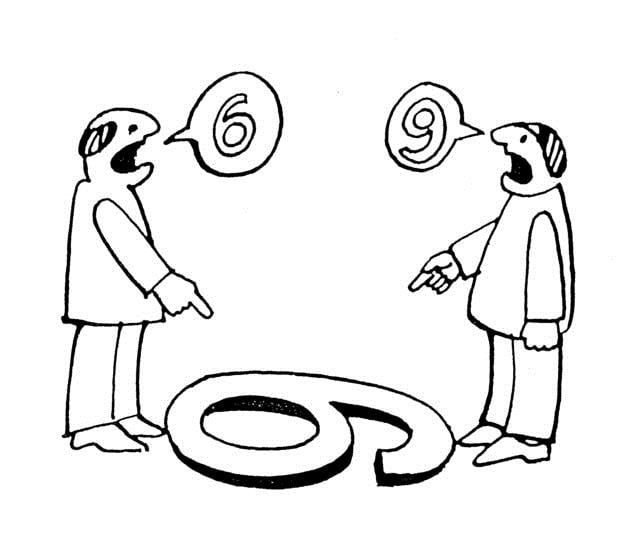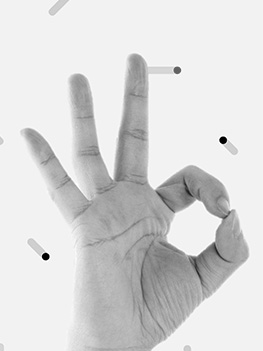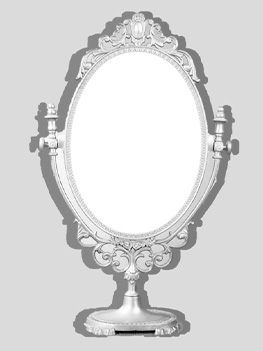May 2022
Did you know there are only 3 types of value?
- Marketing Efficiency
AUTHOR

Russ Powell
Founder / MD
In a previous blog post we talked about how you need to demonstrate your value as a marketer to get others to care about marketing (“No one care about marketing. Here’s 3 ways you change that”).
We gave you some excellent examples of what that value could be. Of course we did.
But it then got us on to thinking about what lies at the core of “value”.
Part of our mission at Sharper is to make B2B marketing and B2B marketers more valued. Creating a world in which a business and its non-marketers hold marketing in a high regard, seeing what they do as important and useful. Wouldn’t that be nice…
But to be valued you first need to provide value. So how do you that?
Not by counting the pennies
Now before we get into this it’s important to clarify we’re not talking about cost or the price of stuff here. Cost and value are two different things. What something costs is a purely fiscal discussion whereas value is what something is worth.

You could have something that’s expensive but worthless, in that it doesn’t add value – insert name of any flop “big money” footballer here – or you could have something that’s monetarily cheap but is worth loads to you – a love note from your better half (or something less sentimental…a nice pen you got at a conference that one time).
So, we’re not talking about cost here. That needs to be kept in mind when we actually start talking about the first circle in the “Venn of Value”. But we’ll get to that.
What is really of value to you?
What do people truly value? The things they own, experiences they’ve had, relationships they’ve built, their health and wellbeing? It can really be any number of things. And what one person values another may find worthless, so it may seem like it’s impossible to really nail down.
But it isn’t.
What people value will boil down to 3 things; The Monetary, Time, and Perception. Which are handily illustrated in the “Venn of Value” below.

This may seem simplistic but once you interrogate what the actual value of something is it will sit somewhere on this Venn diagram.
You, your business, your product/service (or whatever) can add value for someone else by hitting one, preferably two or ideally all three of these areas. And getting that straight in your head before you write a CV, start building product messaging, or create a brand strategy (for example) is vital.
So how do you find the promised land at the centre of the Venn of Value, and what are we really talking about with each of these three areas?
Monetary Worth, NOT cost
Just to reiterate we’re not talking about the cost of something here (as explained above). I want to be sure that’s nice and clear.
We’re talking about whether what you do helps another to either save money or make money.
SIDE NOTE: We’re using YOU here to cover yourself, your product/service, or your business as a catch all term for the value provider. And we’re using ANOTHER here to cover an individual, a group of people, or an entire organisation as a catch all term for the value recipient.
This isn’t about salaries, solution costs, or service charges.
To illustrate let’s say we have 2 competing service providers, battling it out for a contract you’ve got up for grabs. InterSlice charges £10k and CompuGlobalHyperMegaNet charges £25k. On the surface of it, looking purely on cost you’d go for InterSlice all day long.
However, based on their proposals InterSlice will be able to save you £40k over the life of the contract but CGHMN will be able to knock out £120k. The value of this decision isn’t in the price being paid, it’s in the worth of the overall monetary saving being delivered.
It’s similar with making money. If a more expensive service is going to deliver 10x what a service that costs half can, there’s more value there. So, whilst the value to be had is monetary it’s not to do with the cost.
So, if you want to add value to another in a monetary sense you need to understand and then be able to effectively communicate how you’re going to help them either save or make some sweet cashola.
Time Flies
Time is really the only finite resource we all have. You part with a £ and you can make another £. You let a minute pass and you’re never getting that minute back. It’s probably why we say that we “spend” our time doing stuff.
So, if you want to add value you’ve got to give people some of that finite resource back. You can do that by either reducing the amount of time it takes them to do/find/make/deliver something – enabling them to do more in the same space of time – or by taking the task off their hands altogether, freeing up the time they would have spent for something else entirely.
When it comes to time as value you’ve either got to optimise it or gift it.
Now, you can clearly add value to another by taking up more of someone’s time. You could run a really in-depth, week-long training course that gives someone knowledge they really want or carry out a detailed research project that uncovers some powerful insights you can use, for example.
But in these instances, as long as whoever’s on the receiving end derives worth from the time spent and doesn’t see it as a waste the value of what you’re doing lies elsewhere. And that’s either because that time well spent then helps them save or make money, and/or helps with Perception.
We are what we perceive we are
Perception is the trickiest element in the Venn of Value as it’s quite literally impossible to quantify. You can easily count savings or revenue improvements in pounds and pence. The time you’ve saved or freed up can be clocked in minutes and hours.
But perception, how someone sees themselves/their team/their business or is seen by others can’t really be measured on a scale or scored accurately. People can give their own scores, but they will be exactly that. Their own. Someone’s 9 maybe another person’s 6 – whatever that means.

Although it’s tricky to measure it’s probably the most important element of the VoV.
Perception taps into underlying emotional and psychological needs and desires that people have and how you, your product/service or your business helps address them. All the logical arguments you can raise around money and time will probably be trumped by an emotional approach that effectively addresses perception.
The value you provide that’s associated with Perception then will generally fall into one of two categories: More Good or Less Bad.
‘More good’ is about adding a positive perception or improving an existing positive perception. ‘Less bad’ is about removing a negative perception or reducing an existing negative perception.
Key then, if you want to provide value through a change is perception is working out what ‘Good’ and ‘Bad’ are to people, so you know what you need to add, improve, remove or reduce.
How do you do that? Sorry, but I can’t tell you. It’s not that I won’t tell you, I actually can’t.
It’s up to you to do the research on your target audience and get under their skin so you can understand what they want, what they don’t want and how you can add value to them.
But you can; make someone feel more secure or make someone else feel less scared, make one person feel happier or make another person less anxious, cause someone to perceive themselves as making a shrewd choice or have others perceive them as knowledgeable. The possibilities are as varied as the range of human emotions, but make sure you do your research so you can tap into the right ones.
Using the Venn of Value yourself
Hopefully this blog has given you some food for thought on the nature of value and how you can create it – for yourself, your team, your business and pretty much any other stakeholders you’ve got in your life.
Don’t treat the Venn of Value as just a business thing either. It’s got application pretty much everywhere. And don’t just use it for yourself, feel free to turn it around onto others and challenge how (and if) they’re adding value to you. It can go both ways


